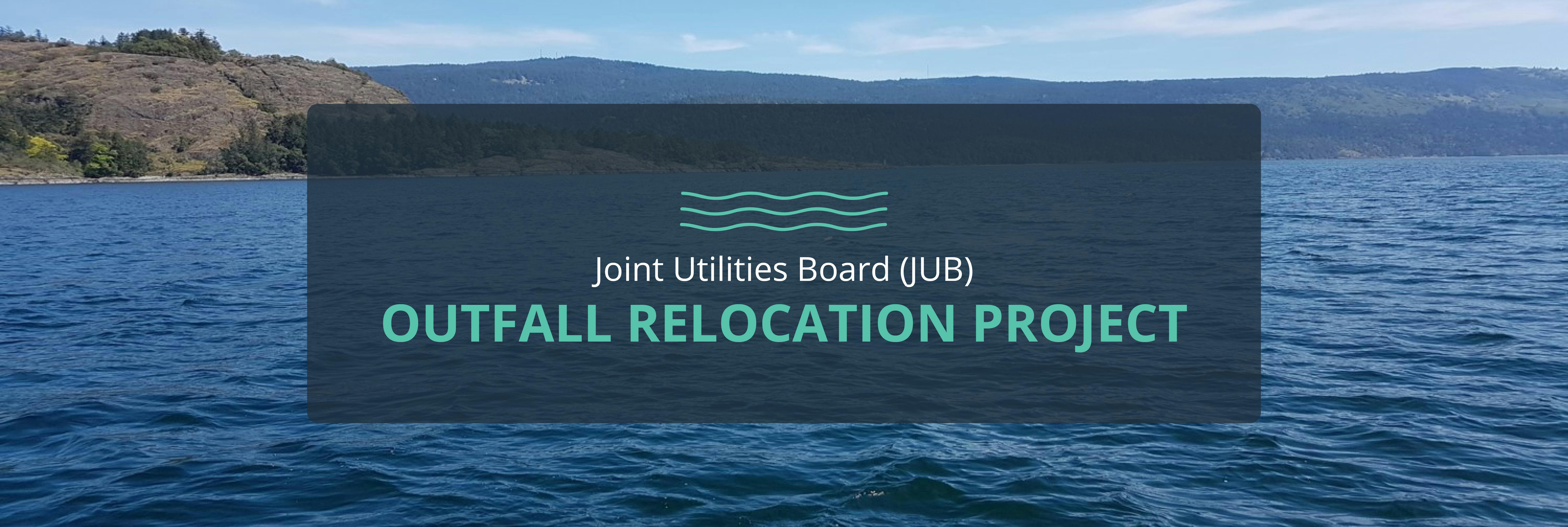FAQs
What is the quality of the treated effluent?
The effluent is what is discharged from the treatment plant after the wastewater has been treated. Items such as diapers, wipes, and cotton swabs have been removed and solids have settled to the bottom of the ponds. Micro-organisms have broken down the organic components. During summer months, phosphorus has been removed. The effluent is chlorinated (to remove harmful bacteria and viruses) and then dechlorinated (so that it does not cause harm to fish and the river environment).
The remaining cleaned effluent meets all provincial requirements and provincial swimming standards.
Contaminants of Emerging Concern (CECs) are an ever-present challenge. These are chemicals (such as fire retardants and medications) that end up in the sewage—but can be hard to remove. The JUB STP treats these as much as possible, but new CECs are continually being introduced. It is not possible to know what future treatment technologies may be required to deal with substances that do yet exist. The new outfall will minimize any risk of human contact with CECs as the effluent mixes with salt water, becomes trapped, and dilutes/disperses such that any chance of contact is extremely low.
How will the outfall affect fisheries and shellfish?
Currently, the effluent flows through the lower reaches of the Cowichan River and through the estuary over large shellfish beds at the head of the bay. The new pipe will transport that same effluent to the embayment line of Cowichan Bay, bypassing the shellfish beds at the head of the bay.
Based the findings of an extensive sampling program there is no evidence that the effluent has harmed the shellfish or fisheries in the river/estuary system. However, the mere presence of the outfall in the river means there is an automatic closure of shellfish harvesting in this area.
It is hoped that moving the outfall to the mouth of the bay may trigger a reassessment of the shellfish closure.
Will there be any impacts on eelgrass?
Construction of the outfall pipe through the estuary will be through existing eelgrass beds. Impacted eelgrass will be replaced and enhanced as part of this project. Replanting will be done with the assistance of First Nations and local environmental groups.
Why not build a new treatment plant instead?
Building a new treatment plan that produces drinking water-quality effluent has been considered, and the new outfall does not preclude changes to the method of sewage treatment in the future. The current treatment system is very sophisticated and already produces high quality effluent. The cost of a new treatment plan is very high, likely two- to three-times the cost of the outfall project, and building a new treatment plant would still require an approved outfall.
Why not use the effluent on forests or to recharge aquifers?
This option has been considered, however a new outfall would still be required. During the winter months (when effluent flows are highest) the ground is saturated and subject to flooding. As well, discharging to ground carries some risk due to the presence of CECs (contaminants of emerging concern) in the effluent.
